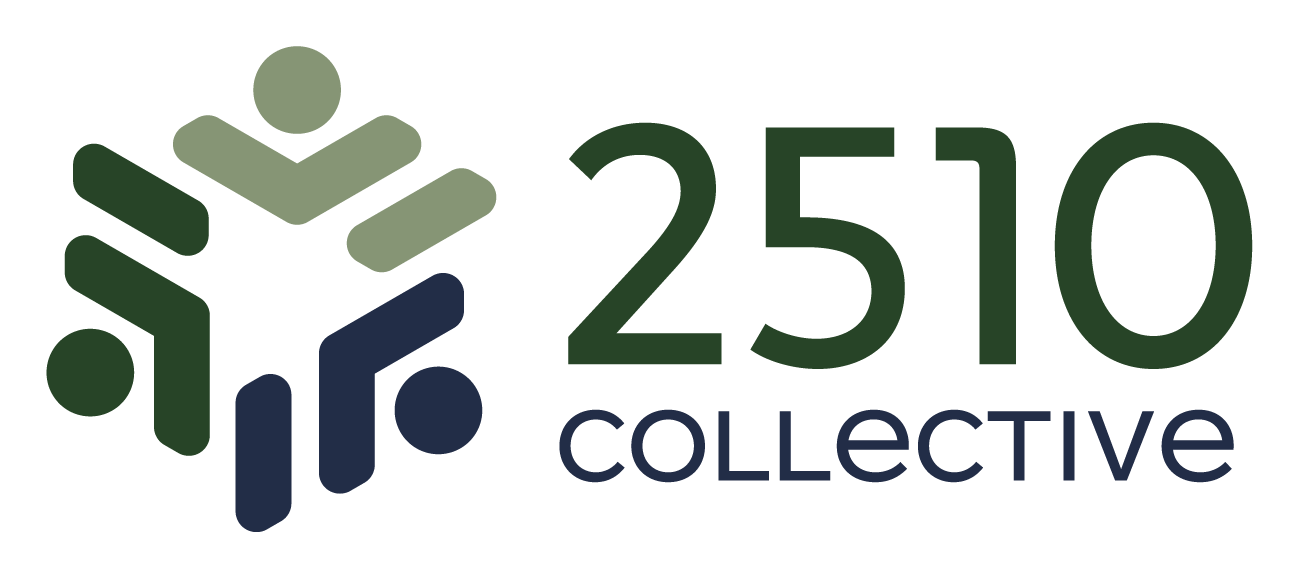Why Therapy Is So Much More Than Just “Talking to a Friend”
You’ve probably heard someone say, “Why pay to talk to a therapist when I can just vent to my friends?”
It’s a fair question—and it’s great that you do have people in your life you can lean on. But therapy offers something very different, and often much deeper, than what even the most supportive friend can provide.
When you talk to a friend, you get empathy, connection, and care. That’s valuable. But therapy gives you strategy, structure, and transformation. It’s not just about getting things off your chest—it’s about learning how to shift what’s underneath the surface so you can actually start to feel better.
In therapy, you and your therapist work together on clear goals—like managing anxiety, improving relationships, healing from trauma, or building confidence. Each session builds on the last, and the focus is entirely on you.
Your therapist should not be bringing their own opinions into the mix—they’re helping you uncover your own insights and patterns in a way that’s safe and judgment-free.
Another key difference? Confidentiality. In therapy, what you share stays private. That sense of safety allows you to be honest about things you might not feel comfortable saying to anyone else. That’s where real healing begins.
And while a good friend can listen, a therapist has specialized training to help you work through difficult emotions, challenge unhelpful thoughts, and find healthier ways to cope. Therapists use proven approaches like Cognitive Behavioral Therapy (CBT), Cognitive Processing Therapy (CPT), and Emotion Focused Therapy (EFT) to create lasting change—not just momentary relief.
Think of it this way: friends offer comfort when you’re hurting, but therapy helps you understand why you’re hurting and what to do about it.
It’s not either/or—it’s both/and. Keep your friends close, but let therapy be the space where you learn, grow, and heal in ways that ripple out into every part of your life.
Because the truth is, therapy isn’t just a conversation—it’s a catalyst for change.
